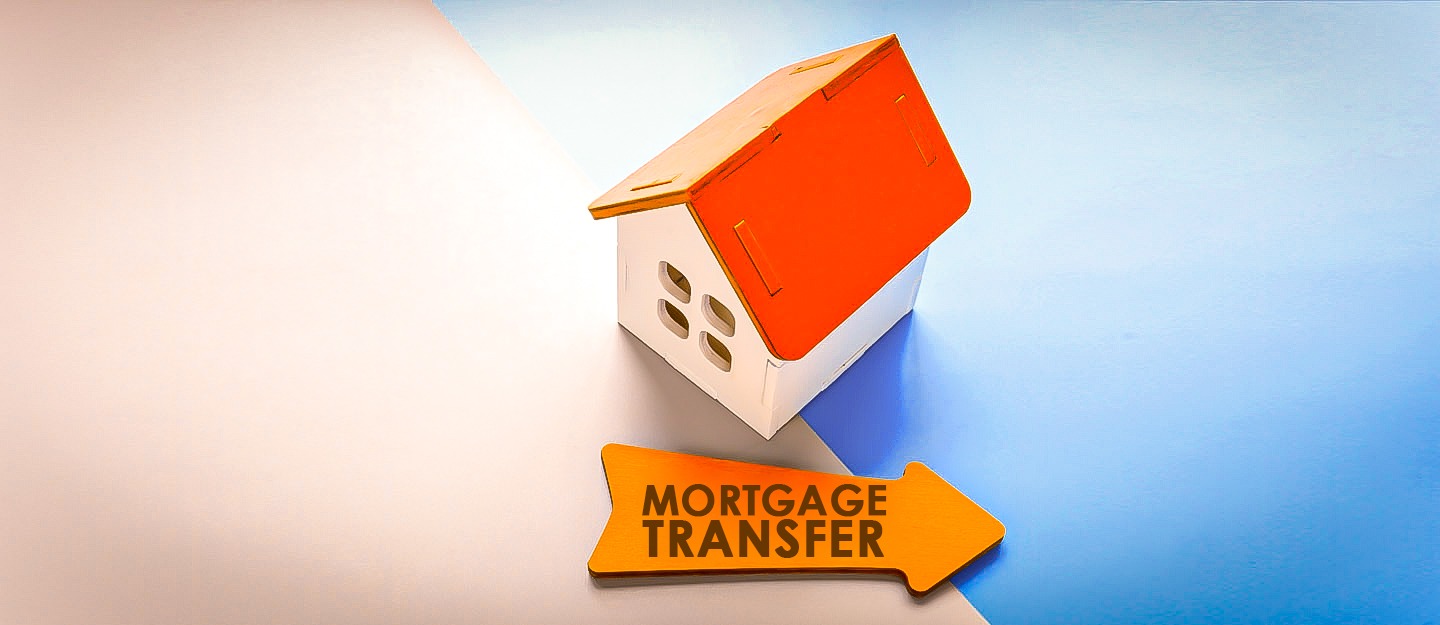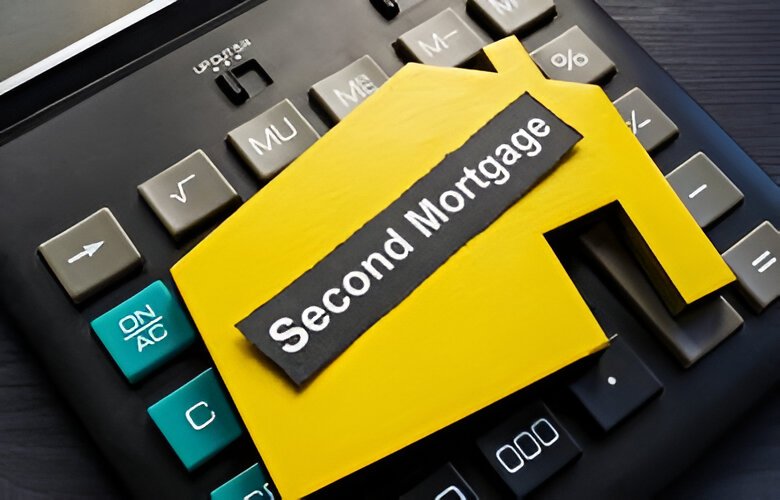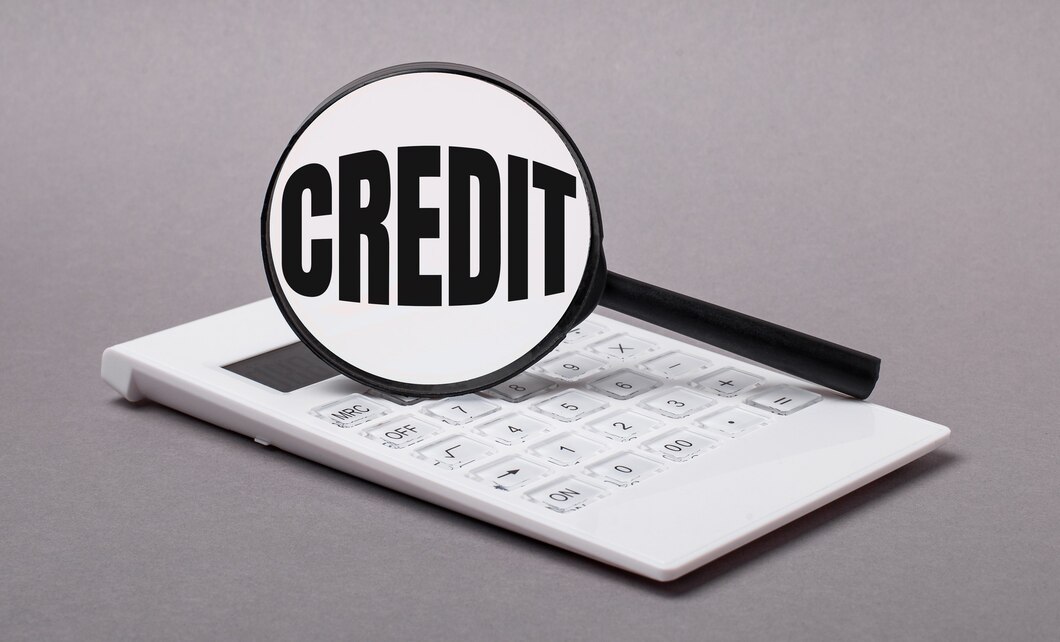Are you a homeowner looking to tap into your home’s equity? If you are, you’ve likely come across two appealing options: a second mortgage and a home equity line of credit (HELOC). These financial tools offer a gateway to access the value you’ve built within your property, each with its unique advantages and considerations. In this article, we’ll delve into the differences between a second mortgage and a HELOC, helping you make an informed decision that best suits your financial goals.
What Are Second Mortgages?
A second mortgage, also known as a home equity loan, is a financial instrument that enables homeowners to leverage the equity they’ve built in their homes. It’s essentially a loan secured by your property, and it works in several distinct ways
Second mortgages provide homeowners with an excellent opportunity to unlock the equity they’ve accumulated in their homes. The fixed-rate nature of these loans brings predictability to your monthly payments, and the potential tax benefits can sweeten the deal, especially if you’re enhancing your property. Keep in mind that your home is on the line, so think twice before getting a second mortgage and ensure you can handle the repayments.
What Are Home Equity Lines of Credit (HELOC)?
A Home Equity Line of Credit (HELOC) is another financial tool that allows homeowners to access the equity they’ve built in their homes. However, it operates differently from a second mortgage, offering unique benefits and features:
HELOCs are a versatile financial tool that allows homeowners to access their home equity while maintaining flexibility and control over their borrowing. With a HELOC, you can borrow money as you need it and make interest-only payments during the draw period. However, the variable interest rates come with the risk of potential rate increases, so it’s vital to weigh the pros and cons of HELOCs in alignment with your financial objectives and risk tolerance.
Difference between a Second Mortgage and HELOC
Both second mortgages and HELOCs are effective ways to tap into your home’s equity, but they have key differences that set them apart:
-
Disbursement of Funds:
- A second mortgage provides a lump sum upfront, which is especially suitable for one-time expenses or large-scale projects.
- A HELOC offers a revolving line of credit, giving you the flexibility to draw funds as needed over an extended period, making it ideal for ongoing expenses or unforeseen financial needs.
-
Interest Rates:
- Second mortgages typically feature fixed interest rates, ensuring consistent monthly payments. This predictability can be valuable for budgeting.
- HELOCs often come with variable interest rates, which can lead to lower initial rates but can also fluctuate over time, potentially affecting your monthly payments.
-
Repayment Terms:
- Second mortgages offer longer repayment periods, typically spanning 15 to 30 years, allowing for manageable monthly payments over time.
- HELOCs have a draw period, during which you may only need to make interest payments, followed by a more extended repayment period, which can extend for another 10 to 20 years.
-
Tax Deductibility:
- Interest on a second mortgage may be tax-deductible if the funds are used for qualified home improvements. This can provide potential tax benefits.
- HELOC interest may also be tax-deductible when the funds are used for home-related expenses. However, tax laws and deductions can vary, so it’s essential to consult with a tax professional.
-
Use of Funds:
- Second mortgages can be suitable for substantial one-time expenses like major home renovations or paying off high-interest debts.
- HELOCs are versatile and more adaptable to ongoing expenses, such as funding education or covering multiple smaller financial needs over time.
-
Risk Profile:
- Second mortgages are generally lower risk due to their fixed interest rates and longer repayment terms. However, your home is still used as collateral, so it’s crucial to meet repayment obligations.
- HELOCs carry a variable interest rate risk, which can lead to increased payments if rates rise during the draw period. The flexibility of HELOCs requires disciplined financial management.
Understanding these distinctions is essential when deciding between a second mortgage and a HELOC. Your choice should align with your specific financial goals, your tolerance for interest rate fluctuations, and your preferred repayment strategy. By carefully assessing your situation and considering these factors, you can make an informed decision that best suits your financial needs.
Pros and Cons of a Second Mortgage
Now that we’ve explored what second mortgages and HELOCs are and the key differences between them, let’s delve into the specific advantages and disadvantages of opting for a second mortgage:
Pros of a Second Mortgage:
- Stability: Fixed interest rates ensure consistent monthly payments, making it easier to budget for your financial commitments.
- Lump Sum Access: You receive a substantial lump sum upfront, which can be ideal for large, one-time expenses like home renovations or debt consolidation.
- Longer Repayment Period: Second mortgages offer extended repayment terms, usually ranging from 15 to 30 years, resulting in manageable monthly payments.
- Interest Deductibility: If you use the funds for home improvements, the interest on a second mortgage may be tax-deductible, potentially providing tax benefits.
- Predictable Repayment: With a fixed interest rate, you can predict your total repayment amount over the life of the loan, providing financial predictability.
Cons of a Second Mortgage:
- Risk to Home: A second mortgage is secured by your home, which means your property serves as collateral. Failure to meet repayment obligations can put your home at risk.
- Higher Initial Costs: The lump sum structure of second mortgages may result in higher initial borrowing costs, particularly if you don’t need the full amount immediately.
- Less Flexibility: Once you’ve received the lump sum, you cannot access more funds without taking out another loan or refinancing.
- Fixed Interest Rates: While fixed rates offer stability, they may be higher than initial variable rates offered by HELOCs.
- Not Ideal for Ongoing Expenses: Second mortgages are best suited for one-time or less frequent expenses rather than ongoing financial needs.
Understanding the pros and cons of a second mortgage can help you assess whether it’s the right choice for your financial goals and risk tolerance. The stability of fixed rates and the potential for interest deductibility can be compelling, but the risks associated with using your home as collateral must be carefully considered.
Pros and Cons of a Home Equity Line of Credit (HELOC)
Now, let’s explore the advantages and disadvantages of choosing a Home Equity Line of Credit (HELOC):
Pros of a HELOC:
- Flexible Access: A HELOC offers a revolving line of credit, allowing you to borrow as needed, making it perfect for ongoing expenses or unforeseen financial needs.
- Lower Initial Rates: HELOCs often come with lower initial interest rates compared to fixed-rate second mortgages, potentially leading to lower initial borrowing costs.
- Interest-Only Payments: During the draw period, you may only need to make interest payments on the amount you’ve borrowed, which can help manage cash flow effectively.
- Draw and Repay Flexibility: HELOCs allow you to draw funds and repay them during the draw period, and you can pay down the principal at your own pace.
- Versatile Use of Funds: You have the freedom to use HELOC funds for various expenses, making it adaptable to multiple financial needs.
Cons of a HELOC:
- Variable Interest Rates: The variable nature of HELOC interest rates means they can fluctuate, potentially leading to higher payments during the loan’s term.
- Balloon Payments: After the draw period, you’ll transition to the repayment phase, where you make full principal and interest payments. This can result in higher monthly costs.
- Risk of Over-Borrowing: The flexibility of a HELOC can lead to over-borrowing, which can result in financial challenges if not managed prudently.
- Complexity: The variable rates and differing phases (draw and repayment) can make HELOCs more complex to manage than a second mortgage with fixed rates.
- Higher Initial Costs: While the initial interest rates may be lower, the variable nature of HELOC rates means they can rise over time, potentially leading to higher overall costs.
Understanding the pros and cons of a HELOC is essential for making an informed decision. The flexibility and lower initial costs can be appealing, but the variable interest rates and potential for balloon payments require careful financial management.
Second Mortgage vs Home Equity Lines of Credit: Which One Is Right For You?
Now that you have a comprehensive understanding of second mortgages and Home Equity Lines of Credit (HELOCs), you’re likely wondering which one is the better fit for your financial needs. The decision between a second mortgage and a HELOC hinges on several factors, and we’ll help you navigate this choice by considering your unique circumstances:
When to Choose a Second Mortgage:
- One-Time Expenses: If you have a specific one-time expense in mind, like major home renovations or paying off high-interest debts, a second mortgage’s lump sum structure is ideal. It provides the stability of fixed interest rates and an extended repayment period.
- Preference for Fixed Rates: If you prefer fixed interest rates that won’t fluctuate, a second mortgage offers predictability for your monthly payments, making budgeting easier.
- Tax Deductibility: If you’re planning to use the funds for qualified home improvements, you may benefit from the potential tax deductibility of the interest on a second mortgage.
- Longer Repayment Horizon: Second mortgages offer longer repayment terms, resulting in manageable monthly payments over an extended period. This is beneficial if you want to keep monthly costs low.
When to Choose a HELOC:
- Ongoing or Unpredictable Expenses: For ongoing expenses or unpredictable financial needs, a HELOC’s flexible access to funds is more suitable. You can draw money as needed, making it adaptable to changing circumstances.
- Comfort with Variable Rates: If you are comfortable with variable interest rates and wish to take advantage of lower initial rates, a HELOC can be an attractive option. Just be prepared for potential rate fluctuations.
- Interest-Only Payments: If you prefer to make interest-only payments during the draw period and have the flexibility to pay down the principal at your own pace, a HELOC aligns well with this strategy.
- Versatile Use of Funds: If you have multiple financial needs or prefer to use your home equity for various purposes, a HELOC’s flexibility allows you to allocate funds according to your priorities.
Ultimately, the choice between a second mortgage and a HELOC comes down to your specific financial goals, risk tolerance, and comfort with managing variable interest rates. It’s advisable to consult with financial professionals, such as mortgage advisors or financial planners, to ensure that your choice aligns with your long-term financial objectives.
Conclusion
Choosing between a second mortgage and a Home Equity Line of Credit is a significant financial decision that should be made with careful consideration of your unique circumstances. Both options offer access to your home’s equity, but their structures, interest rate models, and repayment terms differ.
By understanding the nuances of each choice and evaluating how they align with your financial goals and preferences, you can make a well-informed decision that serves your best interests. Whether you opt for a second mortgage or a HELOC, leveraging your home equity wisely can be a valuable financial tool.








